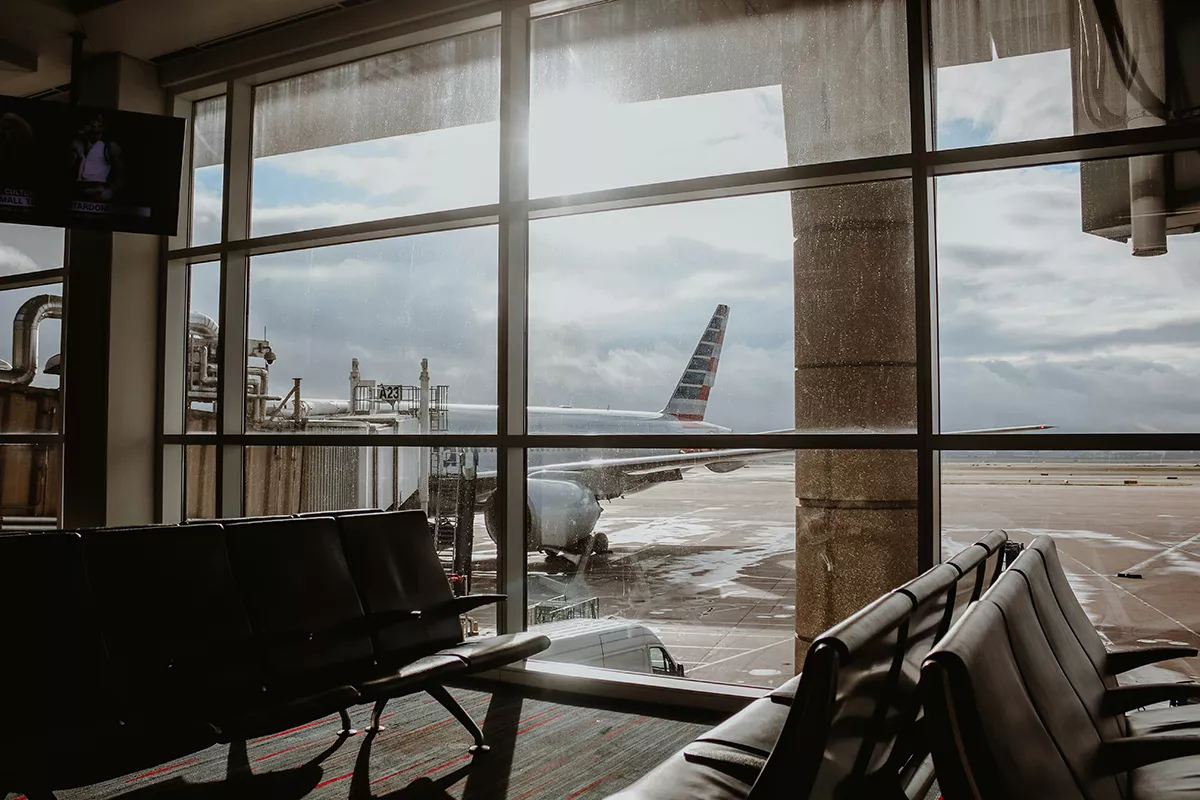While business and investment is centered in Metro Manila, the lack developable land in the Philippine capital and increased investment potential elsewhere have buyers interested in other areas.
Being the location of the nation’s capital, the country’s leading financial districts, and many of its major commercial facilities and media outlets, Metro Manila is arguably the region most synonymous to the Philippines. With its high level of urbanization and its consolidated location, many seek to live and invest in the metro.
This has led to the region also being the country’s most densely populated. As of the last official census in 2010, Metro Manila had a recorded population of 11.8 million. Being that it had been six years since, and taking into account an approximate growth rate of over 3 percent, its population is approximated to presently be at around almost 17 million people.
Expectedly, Metro Manila has had to deal with challenges of having a rapidly growing population; namely, congestion and an increase in demand for real estate. While condominium developments and integrated mixed-use development called townships have so far been able to meet increasing property demands and making living necessities more accessible to residents, now there is also the challenge of the continued decrease of developable land in the area.
Developments Right Outside of Metro Manila
With that, developers have gone ahead and began the establishing of projects outside of Metro Manila and other major cities. Seeing as these areas play a key role in the continued growth of the country’s economy, however, developers have not ventured too just far yet.
Lamudi Philippines, in its Real Estate Market Report for 2015, attests to this outward development, reporting CALABARZON (the provinces of Cavite, Laguna, Batangas, Rizal, and Quezon) to be a popular area to purchase a home for the millions of workers who make a living in the neighboring Metro Manila.
Examples cited by Lamudi include the cities of Bacoor, Imus, and Dasmariñas in Cavite; San Pedro, Santa Rosa, and Biñan in Laguna; and Taytay, Cainta, and Antipolo in Rizal. These areas are home to numerous residential subdivisions that offer houses, reported to be as low as Php1 million in Cainta ($22,160) to as high as Php35 million ($775,700) in Ayala Southvale in Bacoor.
The increase in demand for property in these locales outside of the metro can be attributed to its close proximity, but also to the continued improvement of the infrastructure around it. Projects like the Cavite–Laguna Expressway (CALAX) and the Laguna Lakeshore Project are seen to make commuting between Metro Manila, Cavite, and Laguna much easier, with more improvements like it expected along the way.
Increasing Interest in the Philippines’ Different Locales
In the same report by Lamudi Philippines, research had indicated that there continues to be an increase in interest for property outside the Metro Manila. While the search traffic of the real estate listings website for Metro Manila properties continued to rise in 2015, its overall share became lower throughout the year, from 78.55 percent in the second quarter of 2014, to 55.09 percent in the first of last year. Furthermore, the share of search traffic for Central Visayas and CALABARZON has been increasing: from 6 percent (Q2 2014) to 12 percent (Q1 2015) and from 7.9 percent (Q2 2014) to almost 15 percent (Q1 2015), respectively.
Occupancy rates for industrial estates are also evidence of the increasing interest in areas outside Metro Manila. According to CBRE’s Metro Manila Marketview for the fourth quarter of 2015, a souring relation between Japan and China has prompted investors in the former to look into other parts of Asia, such as the Philippines, for relocating their operations.
The report went on to detail that PEZA zones surveyed by CBRE within Clark, Subic, Cavite, Laguna, and Batangas exhibit high occupancy rates, with the average occupancy rate for the said industrial parks in the said provinces to approximately be at 86 percent. As industrial facilities rise in these areas, employment will subsequently increase, with those making a living in the area likely to also increase the demand for residential property.
The Rise of (More) Townships
Expectedly, the lack of developable land in key cities is a hindrance to the country’s industrial and investment potentials, so as previously mentioned, developers have begun to venture more and more outside the Philippines’ metropolises. Last year had been the year of townships, with several mixed-use developments being embarked on or completed to meet the increase in different property needs.
This year looks to be no exception, with the only difference being that newer townships can also be expected to rise in other areas of the country. According to KMC MAG Group, a local associate of UK-based real estate consulting firm Savills, local developers continue to aggressively purchase significant property and increase their land banks as the market shows no sign of slowing down and townships, which are best described as secondary cities, are in themselves becoming centers of tourism, services, trade, and industry.
Major developers with significant township projects that are all but guaranteed to drive up investment potential and land values in their respective areas include Megaworld Corporation, Iloilo Business Park, and Santa Barbara Heights projects in Iloilo, Mactan New Town in Lapu-Lapu City, and The Upper East in Bacolod, among others. Ayala Land, on the other hand, has Alvierra in Pampanga, Vermosa in Cavite, and Altaraza in Bulacan, to name just a few.
On the side of industrial parks, CBRE reports that a total of 1.13 million square meters will be added to the country’s industrial parks. These are from private developers like Suntrust Ecotown (338,328 square meters), Cavite Technopark (359,664 square meters), Vista Land (243,840 square meters), and Global Gateway Logistics City (188,976 square meters).
It is indeed an interesting time in the Philippine real estate, particularly since the market continues to expand and is no longer centered in Metro Manila, as well as Metro Cebu and Davao, allowing for more investment opportunities, and for more prospective investors to have their hand on the market.
Braulio Giron Jr. is a Content Writer for Lamudi, the Philippines' largest and fastest growing online real estate platform. Braulio also writes for Myproperty.ph, a recently acquired company by Lamudi and the blog The Pinoy Fighter, which publishes latest news about the local mixed martial arts scene.





